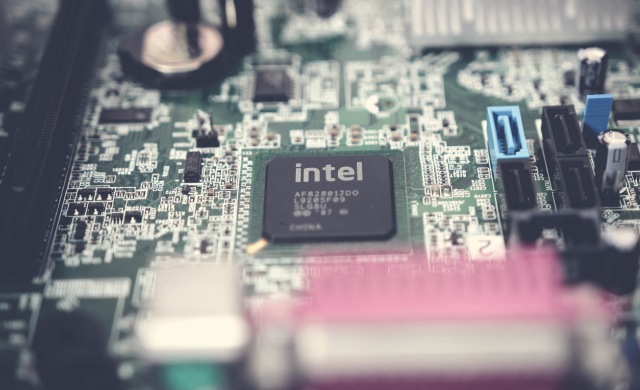Intel disclosed a substantial operating loss for its chip manufacturing business on Tuesday, marking a significant setback for the company as it strives to regain the technological lead it has lost over the years to TSMC.
The tech giant reported that its manufacturing unit suffered an operating loss of $7 billion in 2023, widening from a $5.2 billion loss the previous year. The division’s revenue stood at $18.9 billion for 2023, a 31% decline from $27.49 billion in the prior year.
Following the filing of these figures with the SEC, the U.S. securities regulator, Intel’s stock fell by 4.3%.
In an investor presentation, Intel CEO Pat Gelsinger stated that 2024 is expected to be the year of worst operating losses for the company’s chip manufacturing business, with the division anticipated to reach operational “break even” by around 2027.
What’s Affecting Intel?
Gelsinger attributed the foundry business’s struggles to poor decisions made in the past, including one against the use of Extreme Ultraviolet (EUV) machines from the Dutch company ASML. Despite their hefty price tag of over $150 million, these machines offer better cost-effectiveness compared to older chip manufacturing tools.
Partly due to these missteps, Intel outsourced approximately 30% of its total chip wafer production to external contract manufacturers like TSMC, according to Gelsinger. The goal is to reduce this figure to about 20%.
Intel has now embraced EUV technology, which is set to increasingly meet the company’s production needs as older machines are phased out.
“In the post-EUV era, we see ourselves as very competitive now in terms of price, performance, and returning to leadership,” Gelsinger stated. “In the pre-EUV era, we carried many costs and were not competitive.”
Intel plans to invest $100 billion in building or expanding chip factories across four U.S. states. The company’s business recovery plan hinges on convincing external firms to use its manufacturing services.
As part of this strategy, Intel informed investors that it would begin reporting the results of its manufacturing operations as a separate unit. The company has been heavily investing to catch up with its main rivals in the chip manufacturing arena, TSMC and Samsung, aiming to reclaim its position at the forefront of technology innovation and production efficiency.
